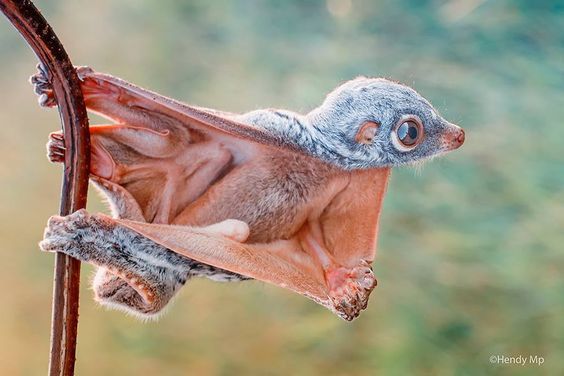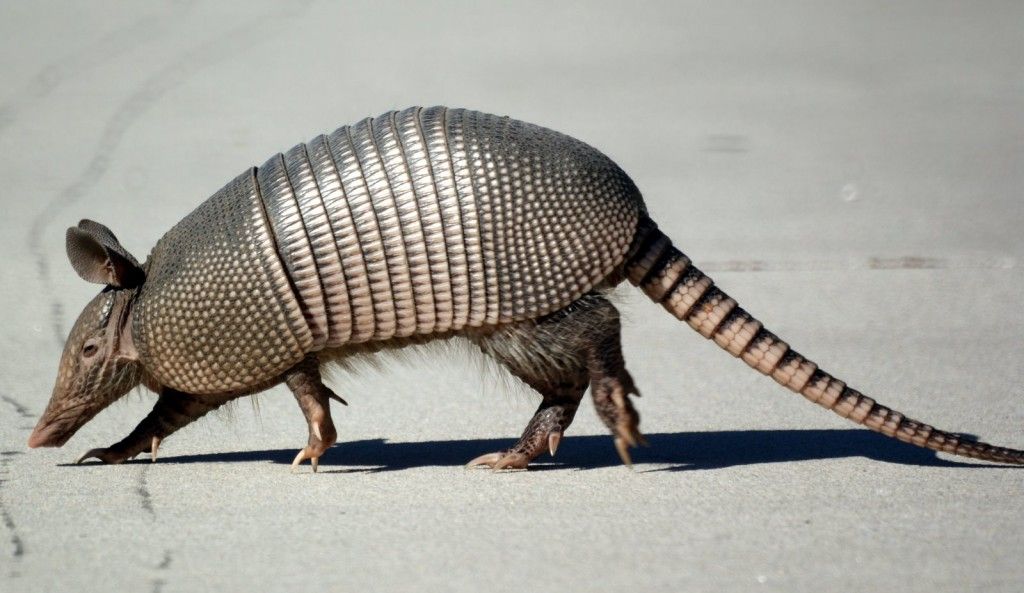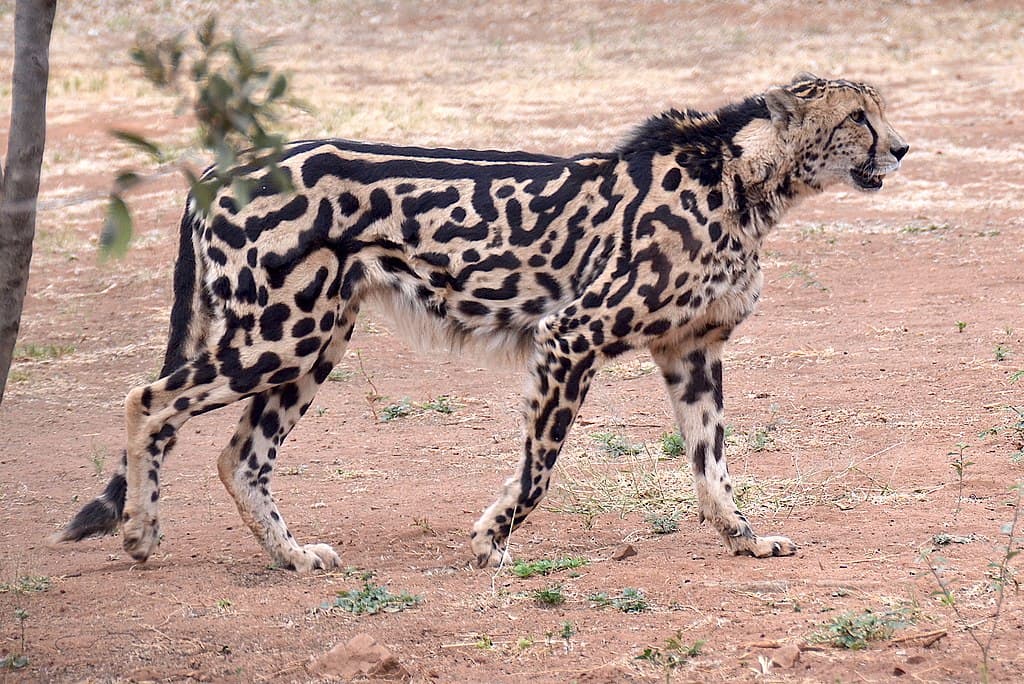
It glides like a bat, climbs like a squirrel, and looks like something out of a fantasy film… but it’s not a lemur, and it doesn’t technically fly.
Meet the Sunda flying lemur (Galeopterus variegatus), one of Southeast Asia’s most mysterious and misunderstood mammals. Despite its name, this animal isn’t a lemur, nor does it truly fly – it’s a colugo, and it’s in a class of its own.
If you’ve never heard of it, you’re not alone. The Sunda colugo is one of those secretive creatures that rarely makes the spotlight, even though it’s one of the best gliders in the animal kingdom.
What Exactly Is a Colugo?
Colugos are small, tree-dwelling mammals native to Southeast Asia. There are only two species in the entire order Dermoptera, and the Sunda flying lemur is the more widespread of the two.
- Size: About 14–16 inches long, with a tail nearly as long as the body
- Weight: Around 2–4 pounds
- Habitat: Forests in Thailand, Malaysia, Indonesia, and Singapore
- Lifestyle: Nocturnal, solitary, and strictly arboreal (they rarely touch the ground)
Despite their gliding skills, colugos are not closely related to bats or flying squirrels. In fact, their closest relatives are… primates! That’s right, colugos are more closely related to monkeys and humans than to bats or rodents.
Built to Glide
What makes the colugo so extraordinary is its patagium – a thin membrane of skin that stretches from its neck to the tips of its fingers, toes, and tail. This skin flap creates a massive surface area that acts like a biological hang-glider.
- Colugos can glide over 300 feet (90 meters) in a single leap between trees.
- Their glides are smooth, silent, and surprisingly precise.
- Even baby colugos cling to their mothers mid-glide, wrapped up like little passengers.
They’re considered the best gliders of all mammals in terms of distance and control.
Life in the Trees
Sunda colugos are strictly nocturnal and spend their days curled up on tree trunks, camouflaged by their mottled fur. At night, they venture out in search of food:
- Leaves
- Young shoots
- Flowers
- Fruits
- Occasionally sap or soft bark
Their sharp claws help them climb effortlessly, but they’re slow and clumsy on the ground, which is why they rarely descend from the trees.
Not a Lemur, Not a Flier
The name “flying lemur” is misleading for two reasons:
- They don’t fly: they glide, using passive motion to travel between trees.
- They’re not lemurs: lemurs are primates found only in Madagascar, while colugos are in their own separate order.
Still, the name has stuck, much to the confusion of wildlife fans everywhere.
Reproduction and Parenting
Female colugos give birth to a single tiny baby after a short gestation period. Like marsupials, they carry their young against their abdomen, with the gliding membrane wrapped around them like a pouch.
The baby stays with the mother for several months, clinging tight as she climbs and glides through the treetops.
Threats and Conservation
While not currently endangered, Sunda flying lemurs face ongoing threats:
- Deforestation and habitat fragmentation due to logging and palm oil plantations
- Hunting, though less common, still occurs in some areas
- Urban development, especially in Malaysia and Singapore, is shrinking their range
They are protected in many parts of their range, but conservation relies heavily on preserving forest habitats.
Final Thoughts
The Sunda flying lemur is one of nature’s quietest wonders, a gliding ghost that lives in the treetops and rarely makes a sound. It doesn’t roar, sting, or charge. Instead, it sails silently from tree to tree, hidden in the leafy shadows of the rainforest.
It’s a reminder that not all wild wonders are loud or large: some are soft, strange, and soaring quietly above our heads.
Fun Fact: Though often mistaken for a flying squirrel, colugos are in their own entirely separate order of mammals and are more genetically similar to primates than any rodent!
Stay tuned for the next spotlight in our Miniature Marvels series: the bumblebee bat—a winged puffball so tiny, it could fit on your fingertip. It’s the world’s smallest mammal, and it’s as mysterious as it is minuscule.
More photos below ↓











Disclaimer: This blog post is for edutainment purposes only and may not be entirely accurate.






